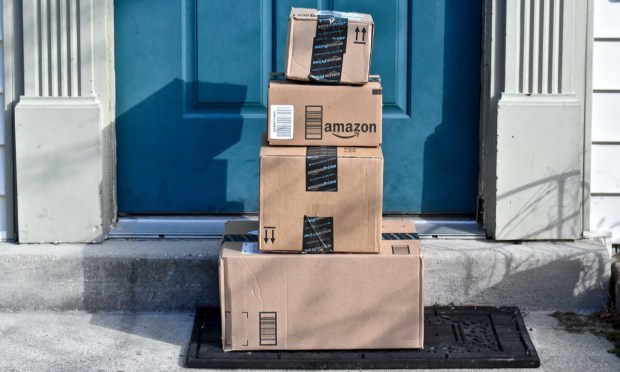Retailers Find It’s Expensive to Be Like Amazon

Retailers are recognizing that offering free shipping may not be sustainable in the long run. However, rather than eliminating it, they are raising the criteria for customers to qualify for it and reassessing the ways they can make up for lost costs.
Several retailers, including Macy’s, Saks Fifth Avenue, Neiman Marcus and Abercrombie & Fitch, have recently raised the minimum spending threshold for free shipping.
Macy’s increase its threshold to $49 from $25 for customers who are not part of their rewards program, while maintaining a lower limit for rewards members. Abercrombie & Fitch raised its to $99 from $75.
Saks Fifth Avenue, which had no minimum order, introduced a threshold of $100 for free delivery to nonmembers of its rewards program. Neiman Marcus, which offered free shipping on all orders, now provides the service for orders of at least $50.
Why Retailers Are Revising
The recent approach aligns with the results of a survey conducted by shipping services provider Shippo. The survey found that 47% of merchants allocate over 10% of an order’s total value to cover shipping expenses. Furthermore, 41% of the respondents identified the rising shipping costs as the primary challenge for their businesses in 2022.
Following these findings, retailers have raised the minimum order for free shipping. In 2019, the average threshold was $52, but this year it is $64, according to research by Narvar, a retail-technology provider, which sampled 48 retailers to arrive at these findings.
Furthermore, the reevaluation behind free shipping follows in the footsteps of Amazon, which last year raised the price of Prime membership, which includes free delivery, from $119 to $139.
In April, PYMNTS reported that the eCommerce giant implemented a fee for customers who chose to return a product to a UPS Store instead of using Whole Foods, Kohl’s, or Amazon Fresh locations. The fee was applied in cases where these alternative return locations were within the same distance or closer to the customer.
Read more: Amazon Charging New Fees on Some Returns
The implementation of higher thresholds for free shipping represents a departure from previous strategies aimed at boosting online sales through offers of free or discounted delivery. These efforts contributed to the significant growth of U.S. eCommerce sales, which rose from $55.3 billion in the first quarter of 2012 to $272.6 billion in the first quarter of this year, as reported by the Commerce Department. However, the provision of free delivery has also placed a strain on retailer profits, considering the escalating costs of parcel shipping.
Retailers have undertaken various changes to enhance the overall customer experience, and artificial intelligence (AI) has emerged as a key tool. By leveraging AI, retailers can provide customers with personalized recommendations, virtual try-on (VTO) experiences, and chatbot customer service interactions.
AI is also being used to optimize inventory management, minimizing the risks of overstocking or understocking.
Read more: Retailers Pin Hopes on AI to Increase Sales, Decrease Returns
History of Free Shipping
The expectation for free shipping among online shoppers has grown ever since Amazon introduced its Prime membership in 2005, offering unlimited two-day shipping for an annual fee. Following suit, Walmart introduced a comparable subscription service that includes free delivery.
Read also: Walmart Launches Curbside Returns, Walmart+ Return Pickup From Home
To remain competitive in the industry and encourage higher customer spending, retailers have adopted free shipping. According to a PYMNTS’ study “Subscription Commerce Readiness Report: The Loyalty Factor,” created in collaboration with sticky.io, 42% of respondents expressed that discontinuing free shipping could serve as a compelling reason for them to cancel their retail product subscriptions. This percentage outweighed the share of respondents who cited any other reasons for canceling their subscriptions.
Read more: 42% of Retail Subscribers May Bail if Merchants Ditch Free Shipping
Additionally, Shippo found that approximately 62% of eCommerce shoppers indicated that they would not make a purchase from a retailer unless a free shipping option was available. This figure has increased from 40% in 2020.
Typically, the cost of home delivery ranges from 10% to 15% of their sales, according to Deutsche Bank Research. In contrast, when goods are transported to physical stores by truck, the costs are typically around 2% to 3%.
With inflation impacting multiple facets of the economy, including raw materials and wages, retailers are facing growing difficulties in absorbing logistics expenses by incorporating them into product costs.

